Chitkul – the name itself sounds like the twitter of birds, and the curiosity is piqued when you heard that Chitkul is the last inhabited village of India! Also, this gem of a village lies in the mystically beautiful Kinnaur-Kailash region of Himachal Pradesh. These three reasons are enough to make us want to visit Chitkul all the more. And, Chitkul did not disappoint us. From the journey to the village and the time spent there, each moment was as beautiful as it had promised to be.

The dangerours roads
Chitkul is only 24 km from Sangla, one of the prominent towns of the Kinnaur district. The road to Chitkul is also quite picturesque. It is quite different from the dangerous roads of the Kinnaur region. As we move from Sangla, the river Baspa gives us company throughout. At some places, the Baspa is like the demure damsel, while at other places we can see its force. The zigzag roads are surrounded by tall deodar trees, giving the place a serene look. The entire valley is surrounded by the mountain ranges of various hues. With the cool breeze blowing, we travelled enjoying the breathtaking views of the surroundings till we reached Chitkul.

On the way to Chitkul
Chitkul is a hamlet near the Indo-Tibetan border and it is the last place near the border where one can go without a permit. The village is itself a little away from the actual border. A small village with about 600 population, the beauty of the place is enhanced by the Baspa river flowing by it. The village is surrounded by the Kinnaur-Kailash ranges on all its sides. There are a few hotels to stay at Chitkul. People often stay at Sangla or Rakcham (falls on the way from Sangla to Chitkul) and come to visit Chitkul during the day.

The village surrounded the Kinnaur-Kailash ranges and the Baspa river flowing by
As soon as we reached, we were out exploring the wonderful little place. the first thing that caught our eyes was the wooden temple. The temple is the Mathi Devi Temple and is about 500 years old.

The Mathi Devi Temple
According to the local legend, the Goddess had made an arduous journey from Vrindavan to reach Chitkul while travelling Mathura and Badrinath in between. After deploying her nephews and husband as guards of various regions in Himachal Pradesh, the Devi finally decided to settle in Chitkul. It is also believed that after her arrival, the village started to prosper and this made her an important deity here.

Welcome to the Mathi Devi Tempel
The Mathi Devi temple is indeed a sight to behold. Made of wood and stones, the temple is a perfect example of the unique Kinnauri architecture. The wooden carvings show the finesse of its creator. The temple stands amidst the village with all its splendor.

Just see the brilliant architecture

The intricate wooden carvings on the temple
A little away from the temple is the Chitkul Fort. It is a three-storeyed structure made of alternate layers of stone and wood. Apart from the local villagers, no one is allowed to enter it.

A local spinning yarn
We just walked around the villages seeing the houses and meeting its people. The houses were uniquely built mainly of wood. The people were also always smiling. While roaming, we met a lady who was grinding something in a huge mortar. On asking, she told us she was grinding some weeds that are used to wash clothes. “These are better than your detergents”, she told us with a toothless grin. They seem to have kept their old traditions alive.

The lady making detergent from local shrubs
Visiting Chitkul had been a cherished experience. At one side, the serenity and simplicity of the place will charm you while the magnificence if the mountains will simply make you bow down in reverence. The summer here is so colourful and lively with the blooming orchards and trees, but the winters portray a stark contrast. It snows heavily here and it is completely cut off with the roads blocked due to snow. Both facets of nature are so brilliantly displayed at Chitkul. No wonder it is called the “Crown of Kinnaur”.

At the Mathi Devi Temple

A local house
Travel Tips:
Best time to visit: June to September. Chitkul is inaccessible during the winter months due to heavy snowfall.
Two buses run to and from Chitkul every day during summers.
A few hotels are available here.
There is no ATM and petrol pump at Chitkul. Sangla is the last place where you will get ATM.
There is a bridge on Baspa river that will take you on the right bank of the river. The right bank is more secluded and covered with a dense forest of Deodar.
For people looking for respite from their everyday life, Chitkul is highly recommended.
The Kinnaur Region is biker’s paradise.

We before the Mathi Devi Temple


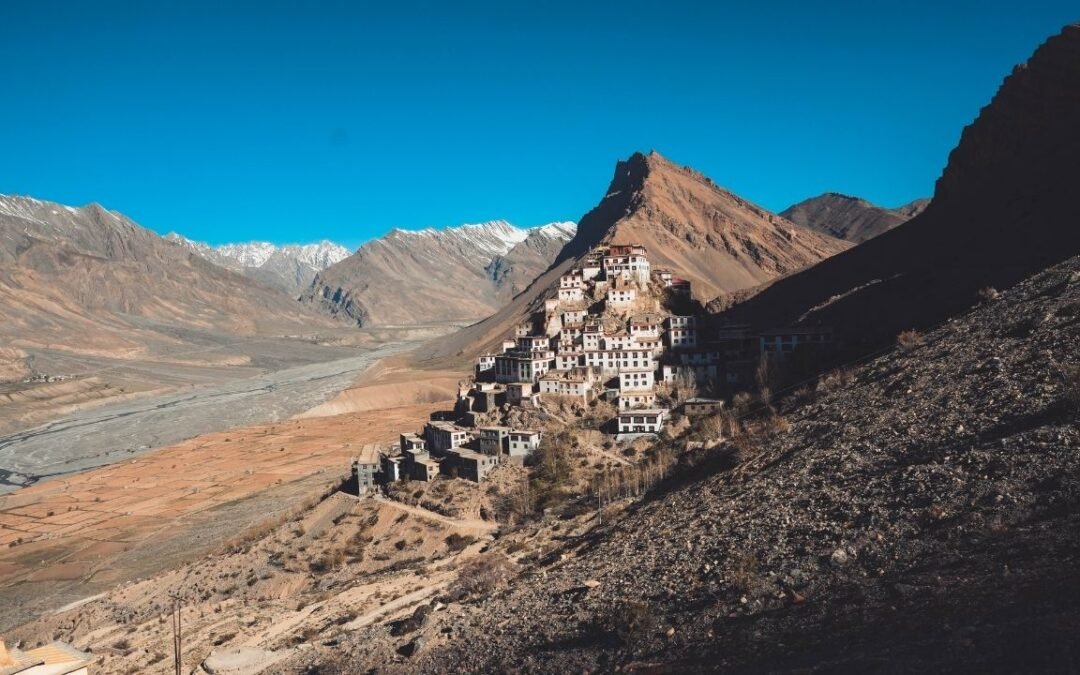
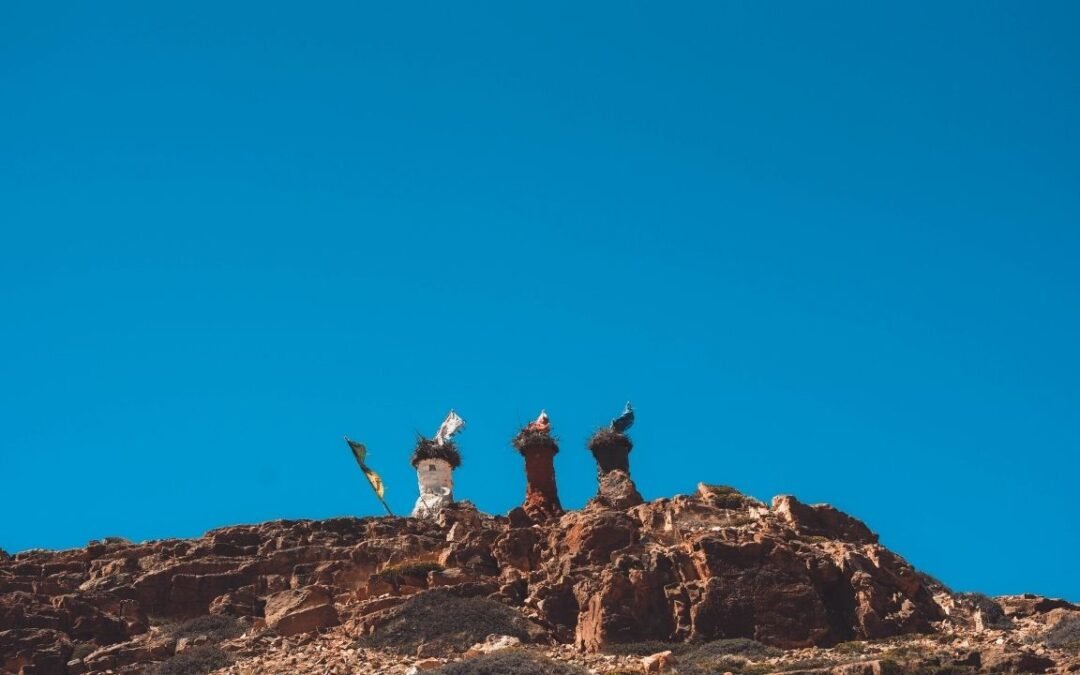
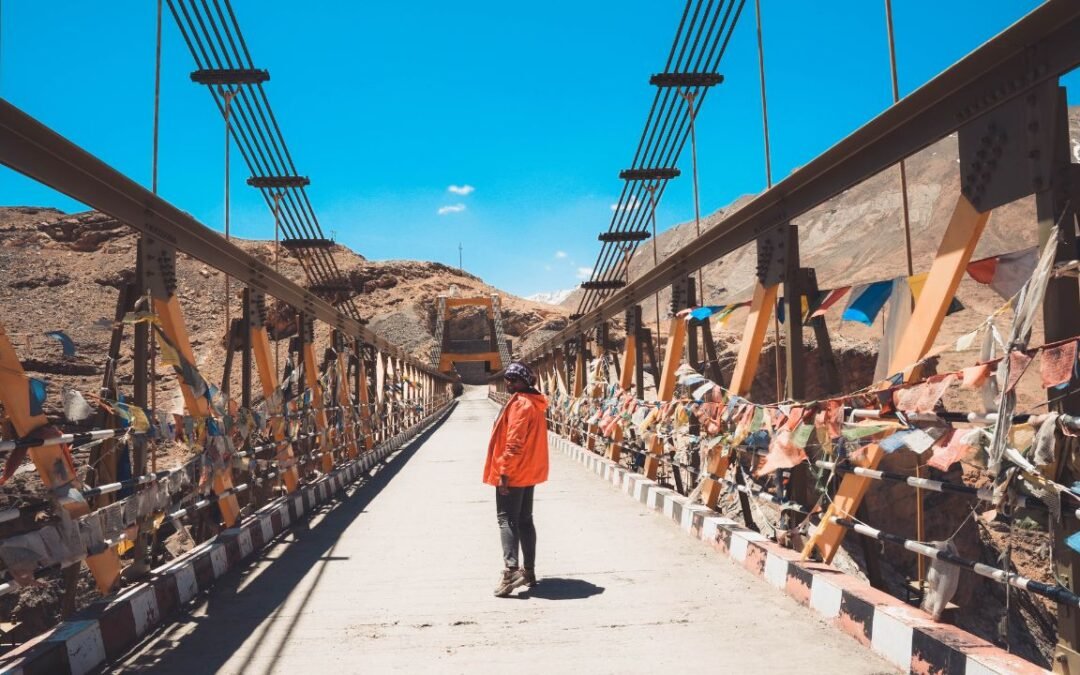
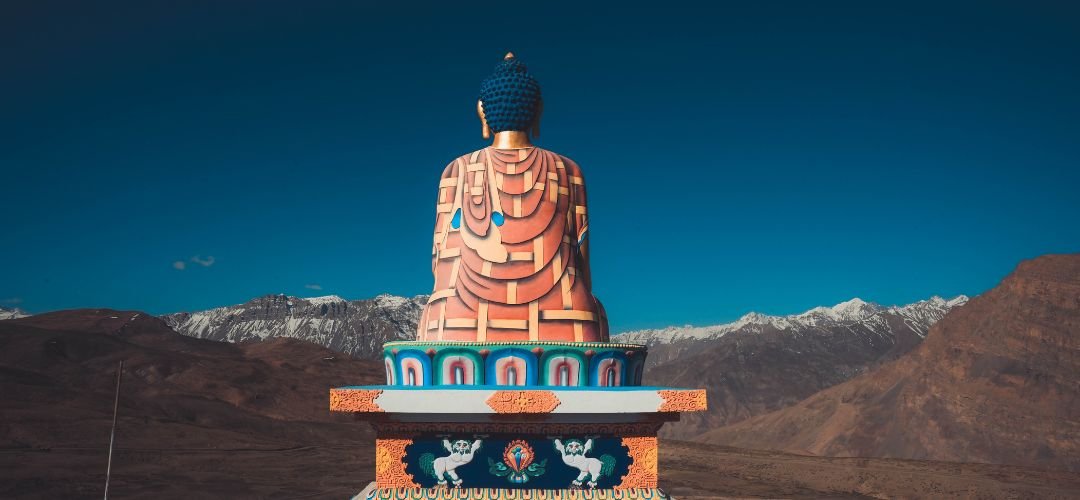
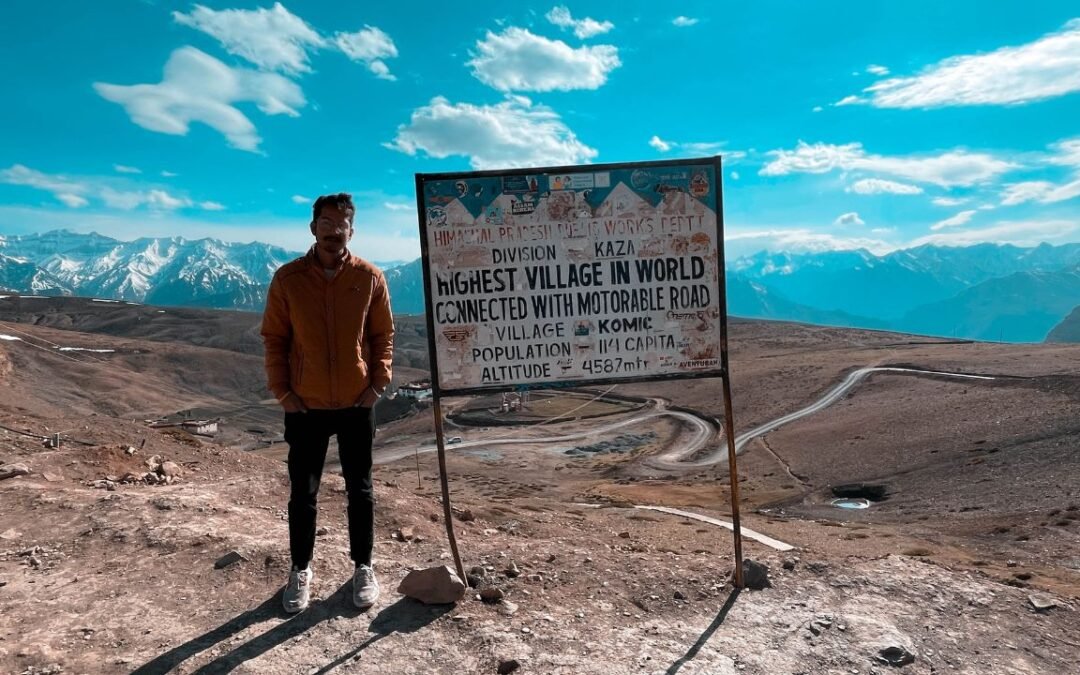
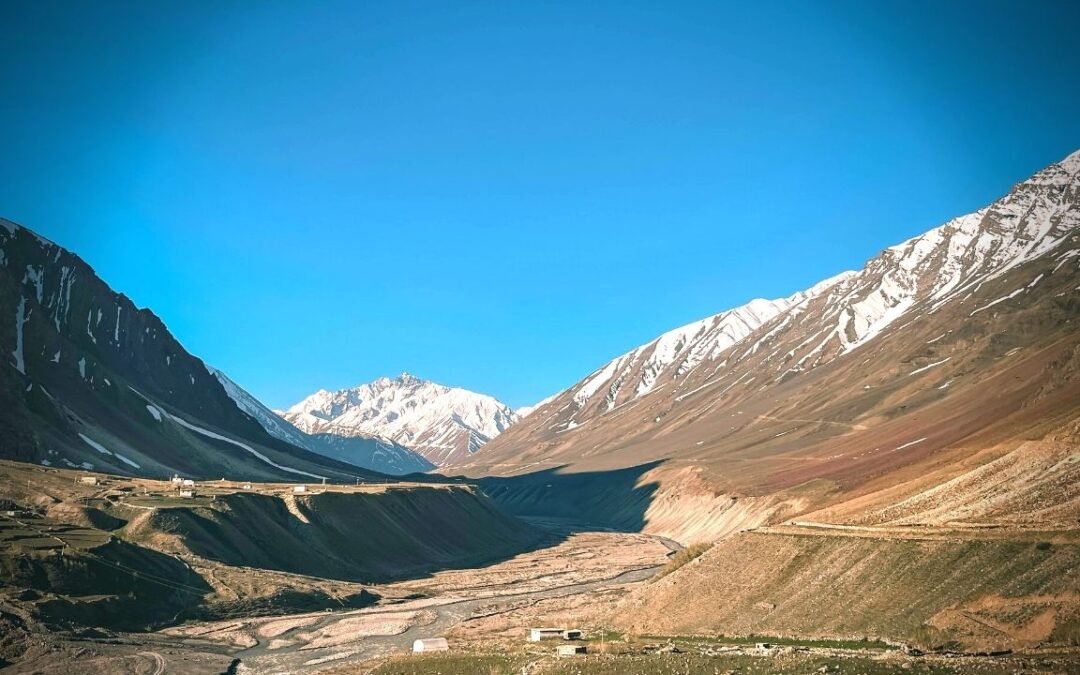
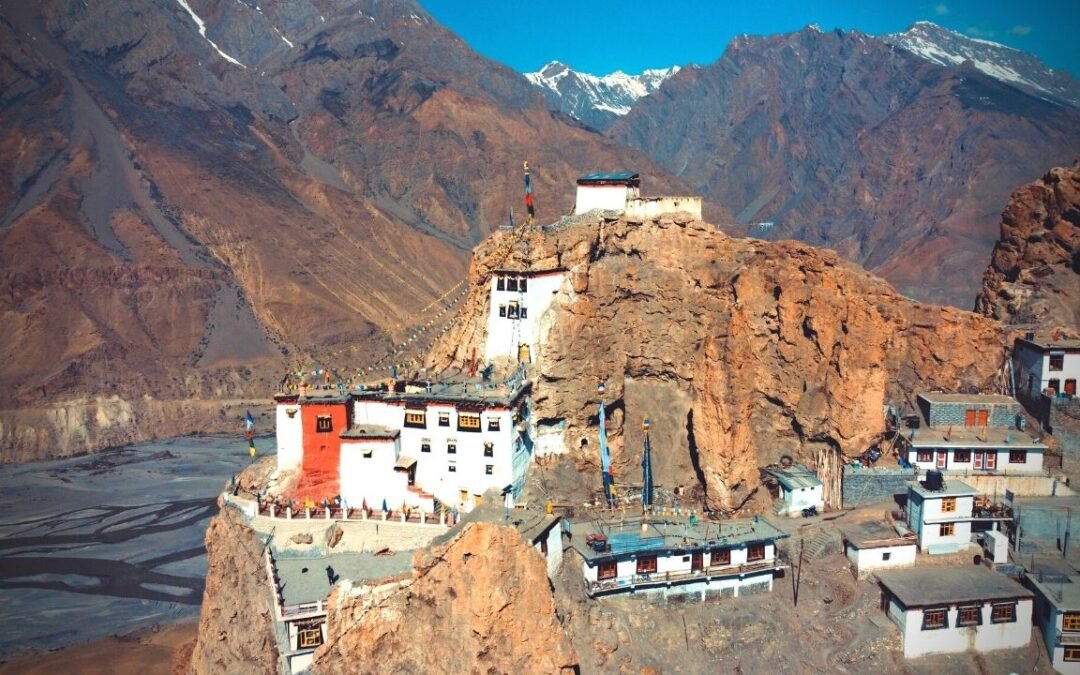
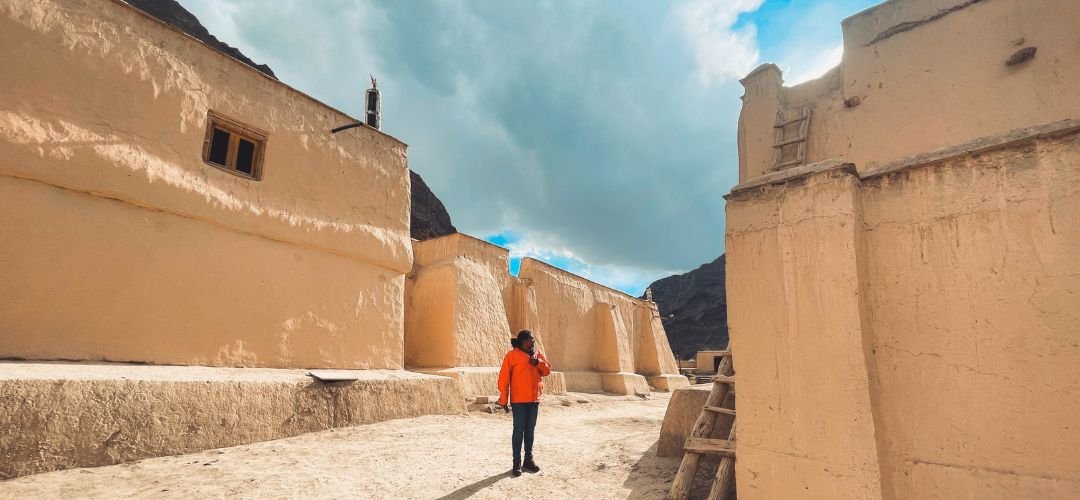
Such a serenic post, if I may say sooo. 🙂
I feel like traveling there right now from Mumbai. I am going to follow your blog 🙂
Keep up the good work !
Thank you Nilima
Lovely pictures and write-up..
Great tips.
And a beautiful place to explore. Pictures are also breathtaking.